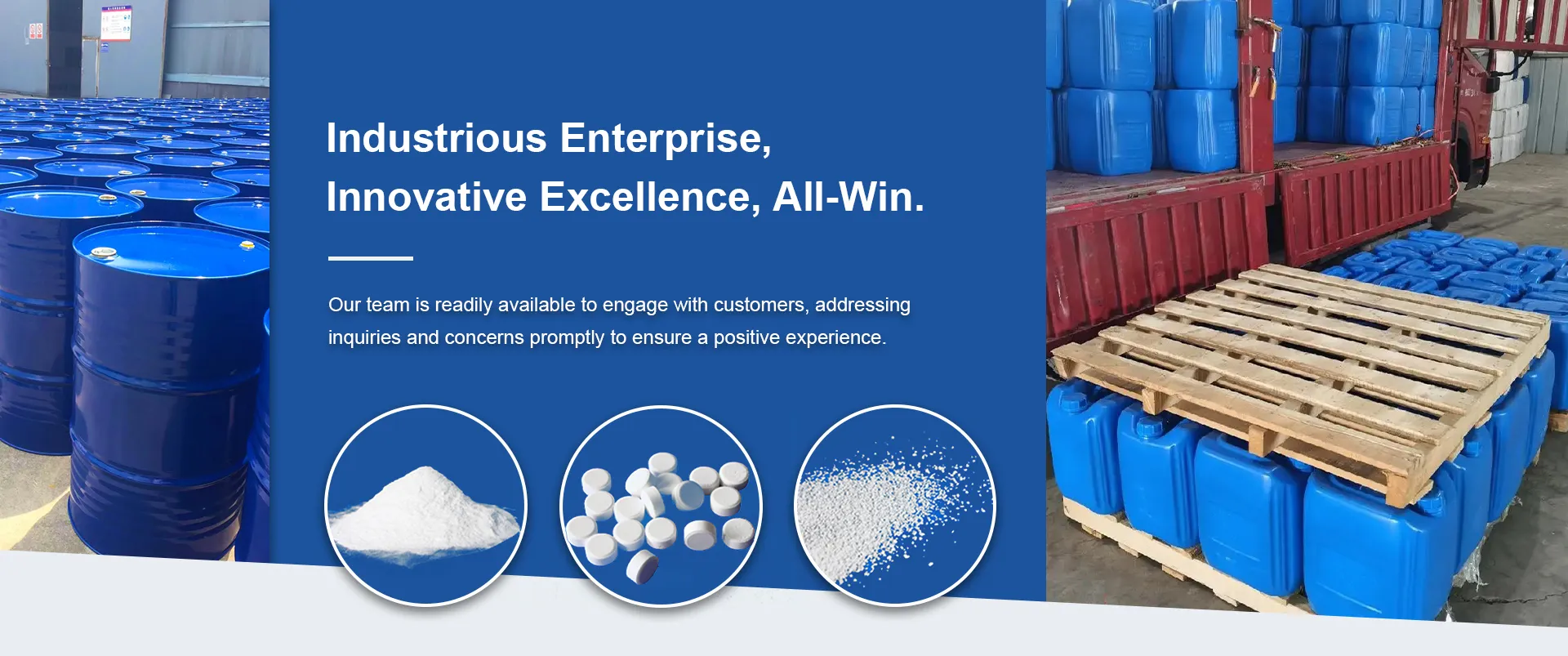
two chemicals used to treat water in water treatment plants
Two Chemicals Used to Treat Water in Water Treatment Plants
Water treatment plants are vital facilities that ensure the water we use for drinking, cooking, and sanitation is free from harmful contaminants. In these facilities, specific chemicals are employed to purify water and make it safe for public consumption. Two essential chemicals commonly used in water treatment processes are chlorine and alum. Each of these chemicals plays a unique role in ensuring that the water reaches safety standards set by health authorities.
Chlorine The Disinfectant
Chlorine is one of the most widely used chemicals in water treatment plants for disinfection purposes. Its primary role is to eliminate harmful bacteria, viruses, and other microorganisms that could pose serious health risks if ingested. When chlorine is added to water, it reacts with the organic materials present, producing a range of chemical compounds that are effective at killing pathogens.
The process of chlorination involves adding chlorine gas or chlorinated compounds to the water supply. This helps achieve a residual concentration of chlorine that continues to inhibit microbial growth even after the water leaves the treatment plant. For public health, the effectiveness of chlorine in disinfection is invaluable, as it dramatically reduces the incidence of waterborne diseases such as cholera, typhoid fever, and dysentery.
However, it is crucial to monitor chlorine levels in treated water carefully, as excessive chlorine can lead to adverse health effects, including skin irritations and respiratory problems. Additionally, chlorine can react with organic matter in water to form disinfection byproducts (DBPs), which are also harmful. To mitigate these issues, water treatment plants often implement advanced water quality monitoring solutions and adopt alternative disinfection methods, such as chloramine formation.
two chemicals used to treat water in water treatment plants

Alum The Coagulant
Alum, or aluminum sulfate, is another critical chemical used in water treatment. Its primary function is to act as a coagulant during the water purification process. When added to raw water, alum causes small particles and impurities suspended in the water to clump together, forming larger aggregates called flocs. This process is known as coagulation and is essential for removing turbidity and particles, such as silt, dirt, and organic matter, which can make water appear cloudy.
Once the flocs are formed, they can be easily removed from the water through sedimentation or filtration processes. The result is clearer, cleaner water, which is easier and safer to disinfect. The use of alum not only improves water clarity but also enhances the overall efficiency of the disinfection process.
Moreover, alum can help in the removal of certain heavy metals and phosphorus, which are detrimental to both human health and the environment. By reducing these contaminants, alum contributes to better water quality and supports the sustainability of water resources.
Conclusion
In summary, chlorine and alum are two essential chemicals that play crucial roles in water treatment plants. Chlorine serves as a powerful disinfectant, protecting consumers from harmful pathogens and ensuring safe drinking water. Meanwhile, alum acts as a coagulant, enhancing water quality by removing particulates and promoting effective disinfection. As water treatment technologies evolve, continued research and monitoring are essential to optimize the use of these chemicals and address any potential health and environmental concerns. Ensuring safe and clean drinking water is a foundational necessity for public health, highlighting the importance of these chemicals in our water treatment processes.
-
Pure Sodium Dichloroisocyanurate Dihydrate | Powerful DisinfectantNewsAug.29,2025
-
Industrial Chemicals: Quality & Purity for Every IndustryNewsAug.28,2025
-
Nitrile Rubber Honoring Strict Production StandardsNewsAug.22,2025
-
Aspartame Ingredients Honoring Food Safety ValuesNewsAug.22,2025
-
Fertilizer for Balanced Plant NutritionNewsAug.22,2025
-
Cyanide Gold Processing with High Purity AdditivesNewsAug.22,2025
-
Formic Acid in Textile Dyeing ApplicationsNewsAug.22,2025
Hebei Tenger Chemical Technology Co., Ltd. focuses on the chemical industry and is committed to the export service of chemical raw materials.
-

view more DiethanolisopropanolamineIn the ever-growing field of chemical solutions, diethanolisopropanolamine (DEIPA) stands out as a versatile and important compound. Due to its unique chemical structure and properties, DEIPA is of interest to various industries including construction, personal care, and agriculture. -

view more TriisopropanolamineTriisopropanolamine (TIPA) alkanol amine substance, is a kind of alcohol amine compound with amino and alcohol hydroxyl, and because of its molecules contains both amino and hydroxyl. -

view more Tetramethyl Thiuram DisulfideTetramethyl thiuram disulfide, also known as TMTD, is a white to light-yellow powder with a distinct sulfur-like odor. It is soluble in organic solvents such as benzene, acetone, and ethyl acetate, making it highly versatile for use in different formulations. TMTD is known for its excellent vulcanization acceleration properties, which makes it a key ingredient in the production of rubber products. Additionally, it acts as an effective fungicide and bactericide, making it valuable in agricultural applications. Its high purity and stability ensure consistent performance, making it a preferred choice for manufacturers across various industries.





